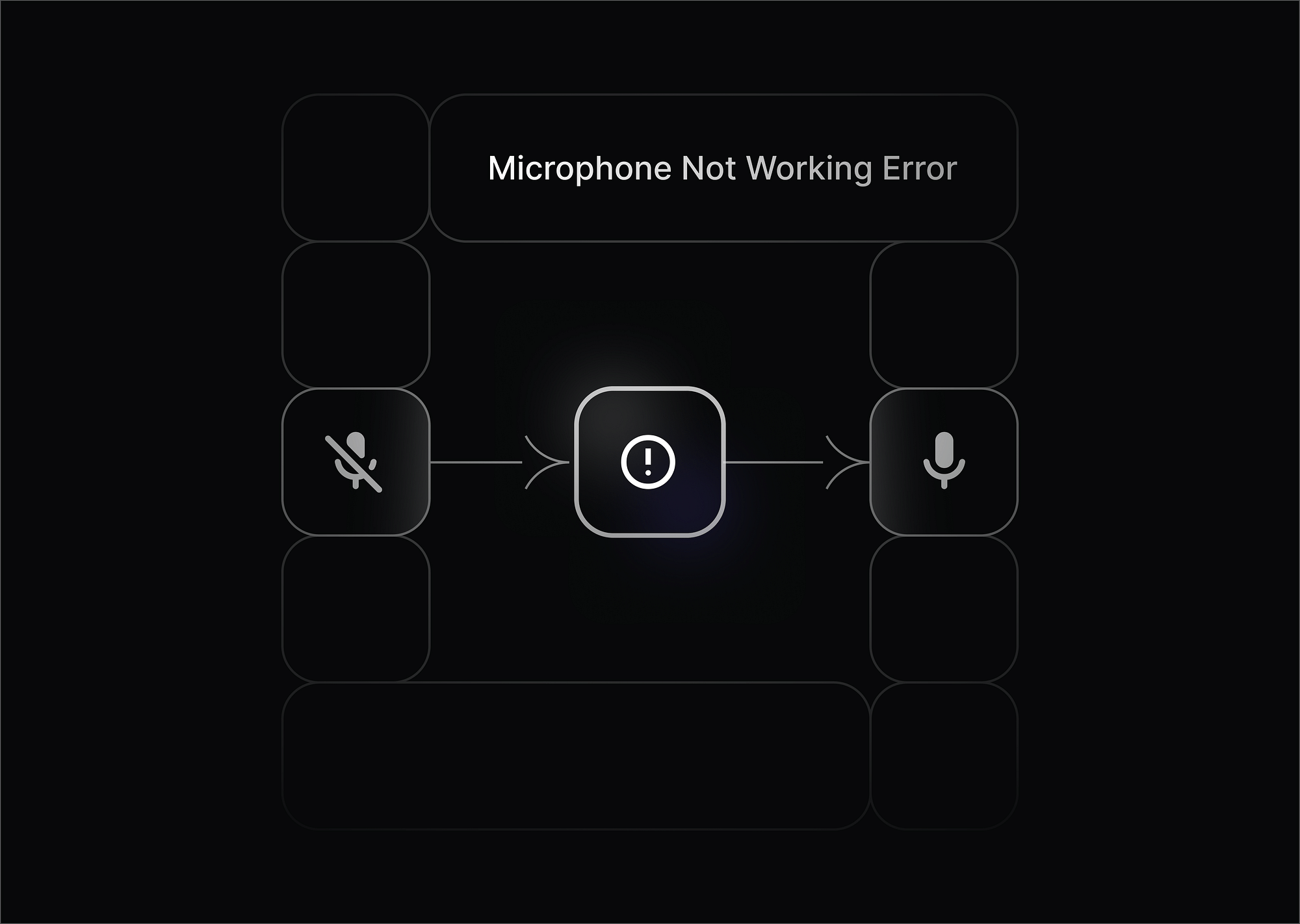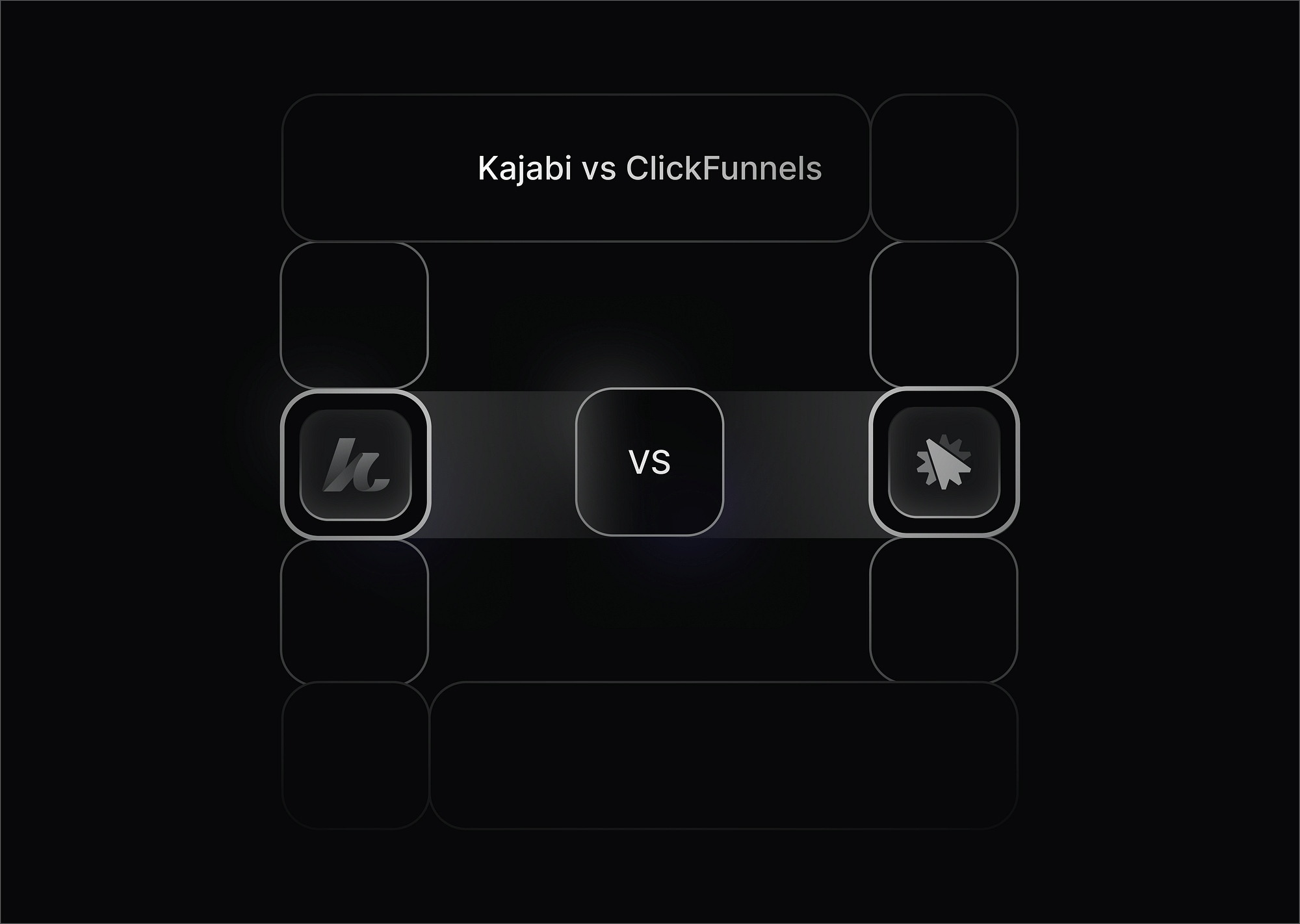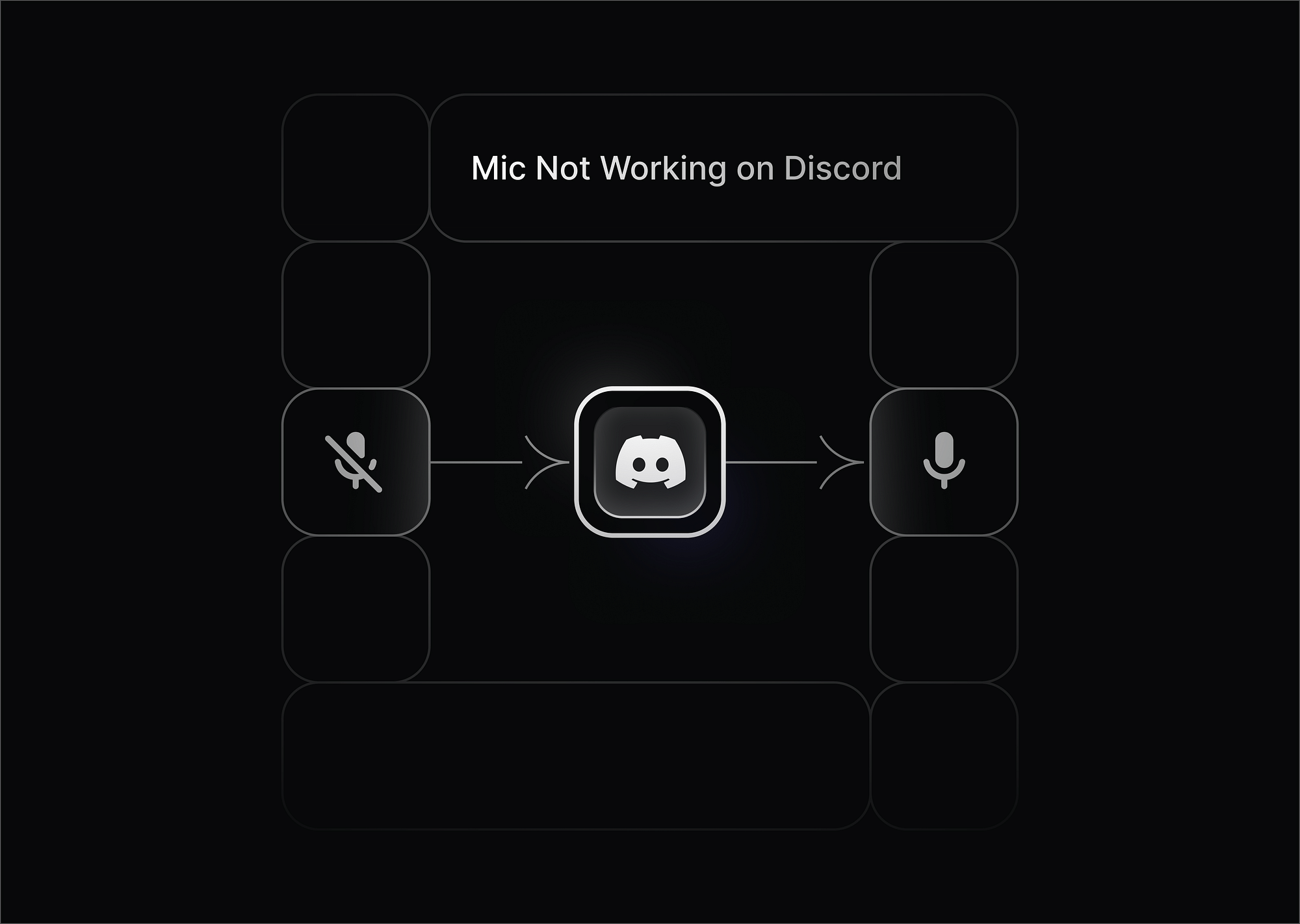What is VPaaS?
VPaaS—or Video Platform as a Service—is a video service that works over the Cloud to provide users a platform to host and manage their videos efficiently. It is a swift and seamless solution devised for websites and applications, allowing businesses to focus on content building rather than video infrastructure.
VPaaS offers easy one-click functionality, ease of use, and provides a highly secure infrastructure — which can prove to be extremely cost-effective as well as save time.
Why is VPaaS important?
With brands prioritizing video content to interact with customers and pitch their product or services, nearly 82% of all internet traffic is expected to be composed of video streams and downloads. This number is posted to grow manifolds in the coming years.
VPaaS facilitates customizations, boosts video workflow, and augments user experiences. Users can share video content through hosting channels—be it short-form or long-form videos. You can also get embed codes and links to embed videos to your websites rather than upload them directly—which improves the speed, SEO functionality, and performance of your site.
As more and more OTT and eLearning platforms are becoming commonplace, the demand for cloud-based video platforms that help businesses cater to their audience is growing tremendously. The quickest and most reliable solution to this Video Platform as a Service (VPaaS).
VPaaS effectively meets the needs of your respective audience wrt the high-quality streaming they expect and the high level of security you require.
Use-case
VPaaS is primarily used by organizations that serve video content to a large number of attendees. For example, educational platforms like ExamCollection are leveraging VPaaS to deliver educational video content to their users. By harnessing the capabilities of VPaaS, they enable learners to access study materials, tutorials, and demonstrations with ease.
It helps individual creators, as well as large-scale enterprises, drive brand value and provide personalized video experiences when hosting video conferences, product demos, webinars, or live sessions.
Benefits of VPaaS
Here's why businesses must consider opting for Video as a Service:

Reduces Time to Develop
Building your personal video service can be a major challenge—and requires significant resources, money, and competence. A ready-to-deploy video platform is highly cost-effective, easy to manage, and saves tremendous time. It brings on board superior cloud capabilities and works seamlessly as a native solution. Not to mention, it is possible to integrate new non-video-specific features to your videos. You don't need additional coding know-how to incorporate newer functionalities; there are built-in plugins to do so.
Boosts Compatibility and Adaptability
Video streams and platforms are susceptible to rapid developments—and having a VPaaS ensures you remain up to date with new technologies like ML and AI that increase image recognition. In addition to this, it improves video playback compatibility with a wide range of devices including mobile phones, TVs, desktop computers, and so on. This also means your content reaches more audiences and helps establish revenue streams via multiple monetization models.
Customizable and Flexible
VPaaS users can fully control the available tools on their video platform. Its features are easy to use, highly flexible, and customizable to suit specific requirements. You may also configure settings based on how you wish to develop or test a new feature.
Video Analytics
Video Platform as a Service allows users to leverage video analytics to determine how your audience is interacting with your content. This helps you optimize your video content strategy for maximum ROI.
How Does VPaaS Work?
Assuming you need to host a live event for a large audience via a website. Here's how it will work.
To begin with, the host will put together a live streaming setup to deliver a video captured using a camera to a video platform. They can either choose a readily available web browser to broadcast the live stream or opt for a live streaming application.
As the live stream reaches the video platform, the stream will get replicated into "n" number of copies. This way, when n attendees tune into the live event, everything except the video content will be available to them. To access the video elements, they will be taken to the video platform via an API or Application Programmer’s Interface. The attendee's web browsers will basically determine where the video elements need to go, and then direct the VPaaS to provide the video.
Following this, the VPaaS delivers live streams to the n attendees on a web page.
What Features to Consider While Choosing a VPaaS?
Here are four primary features to consider when choosing a VPaaS to ensure a hassle-free user experience:
- Video Protection
Society and privacy is the #1 feature to consider in a VPaaS—especially where premium video content is concerned. The majority of VPaaS companies include Digital Rights Protection (DRM) to ensure video protection by preventing the illegal distribution of confidential content. In addition to this, security features such as geo-restrictions, preventing screen recording, etc are also indispensable.
Make sure that your platform service provider provides security regulations that comply with GDPR standards.
2. Integration
Look for a VPaaS that enables seamless integration of video platforms via video APIs so you can swiftly manage videos in bulk. This also includes the option to embed videos, access documentation, and so on.
3. Video Content Delivery Network
A video CDN is key to providing an uninterrupted, buffer-free streaming experience to users irrespective of their geographical location or the device they are using.
4. Customization features
Look for features that can be optimized to provide greater flexibility and control to users for a boosted viewing experience. Customized buttons, chapters, etc also help in personalizing the user experience.
5. Video Analytics
Businesses require in-depth insight into video performance to reap maximum ROI out of their video campaigns—and comprehensive video analytics are the way to do it. With engagement metrics like total views, concurrent users, and watch time, content broadcasters can optimize their content for the best results.
How is VPaas Critical to Different Industries?
VPaaS is typically used by e-learning and OTT platforms to deliver online learning environments and entertainment. Video platform as a service leverages APIs to help video-based companies develop applications such as video hosting platforms, live streaming tools, video conferencing software, and more.
Here's looking at its primary use cases across different industries:
- Entertainment: VPaaS is used by movies and TV production houses to securely deliver high-quality live or on-demand content to consumers across a wide range of platforms and devices, such as mobile phones, tablets, smart TV, Android, iOS, tvOS, and more. It uses cutting-edge technologies like adaptive streaming to deliver optimized streams to diverse audiences while ensuring top-notch content protection to avoid unauthorized access and unlawful access to premium content.
- Corporate Sector: VPaaS enables businesses to create and distribute training videos, product demos, etc., quickly and cost-effectively. It helps companies to achieve employee retention goals by staying engaged with their employees, clients, and customers' corporate content.
- Education: VPaaS makes educational material easily accessible to students and educators. It is used as a centralized platform by educational institutions to deliver lectures and courses to students—making remote learning easier. VPaaS also enables real-time communication between educators and students.
- Marketing: VPaaS is used by businesses to market their products and services through video-based product demos, run email campaigns, and spread brand awareness across social media channels.
Top VPaaS Solutions to Consider
While different VPaaS solutions provide different features, they all include primary functionalities like video encoding, CDN integration, video APIs, and more. Here's looking at the top VPaaS solutions to consider:
Gumlet
Gumlet VPaaS is developed to help businesses optimize any video experience or workflow by incorporating rich video content into existing video environments. It takes care of every complexity associated with bulk video handling—from video transcoding, distribution, and analytics to monetization, searchability, and security.
Wistia
Wistia is a widely popular video marketing platform that allows private uploading, live streaming, and video monetization. It includes a number of engagement and analytics tools for businesses to create high-performing educational videos, product demos, and more. It also includes targeted, in-built marketing tools and provides ad-free hosting.
Mux
Mux Video allows large-scale live or VOD streaming. It leverages real-time insights and video APIs to optimize streams and improve compatibility with diverse products. Mux users can leverage Real-time Quality of Experience (QoE) data to enhance user experience by reducing buffering events and providing better video functionality. Other advantages of Mux include in-time encoding, analytics, multi-user access, and more.
The Future of VPaaS
With high-quality, video-oriented services like YouTube, Meet, Zoom, Teams, etc enabling video conferencing, remote learning, and more, VPaaS is increasingly establishing itself as an indispensable technology for businesses prioritizing video multimedia for interacting with their audience.
Video Platform allows users to customize and cater to specific use cases with the help of video APIs, targeted features, and tools. Third-party video-as-a-service providers are helping businesses forgo the liabilities of managing their video platforms so they can solely concentrate on operational assets.
Among the top companies providing high-quality solutions and influencing the future of VPaaS are Twilio, vbrick VPaaS, Wistia, Kaltura Cloudinary, Vimeo Mux, Telestream, Whereby, Dolby.io, and Ziggeo.
Key Takeaways
We hope this article provides you with an in-depth insight into video Platforms as a Service. Let's take a look at what we've learned so far:
- We explored the importance, benefits, and use cases of a VPaaS
- We found out how VPaaS works; what components are involved
- For businesses looking for video platforms, we highlighted the key features that make a VPaaS solution top-notch
- Lastly, we listed the top VPaaS solutions that are influencing the future of VPaaS.
Gumlet is here to support you should you have any additional queries regarding VPaaS. Don't hesitate to reach out to us!
FAQs
- How much does VPaaS cost?
VPaaS vendors generally charge clients based on a pay-per-use model but you can also opt for a fixed rate per user based on the integrations and features you need. VPaaS prices start from a few dollars and go up to a few thousands per month. You needn't pay for VPaaS during downtime. Plenty of VPaaS providers also charge subscription fees on a monthly basis.
2. Who is VPaaS for?
Video SaaS solutions are best for individual creators or organizations who produce lots of video content. It is an excellent way to consolidate your video hosting and management tasks, and effectively streamline the video workflow whilst facilitating superior video experiences through seamless integrations.
3. What is Video as a service?
Video-as-a-service is a video platform where users can host and upload videos through the use of APIs which facilitate video services like video chat, video conferencing, live streaming, etc.
4. What types of video content can be hosted on VPaaS?
VPaaS can host any video content, including live streaming, on-demand, and interactive video.




